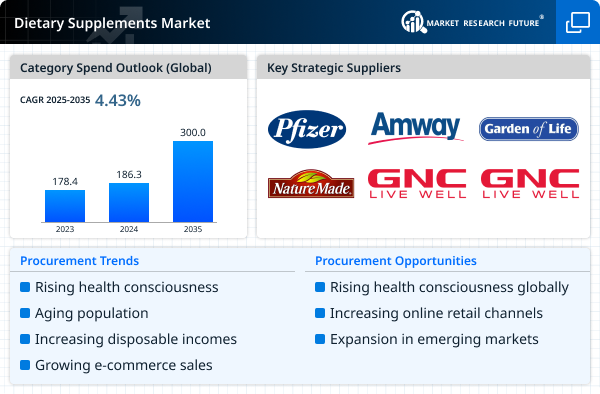Market Analysis
In-depth Analysis of EMEA Blood Glucose Monitoring Market Industry Landscape
The market dynamics of blood glucose monitoring have witnessed significant evolution over the years, driven by the increasing prevalence of diabetes and the growing emphasis on proactive healthcare management. As the number of individuals diagnosed with diabetes continues to rise globally, the demand for reliable and convenient blood glucose monitoring devices has surged. This market is characterized by a diverse range of products, including traditional glucometers, continuous glucose monitoring (CGM) systems, and non-invasive glucose monitoring technologies.
One key driver of market growth is the rising awareness of diabetes management and the importance of regular blood glucose monitoring. Healthcare providers and patients alike are recognizing the significance of early detection and continuous monitoring to prevent complications associated with diabetes. This heightened awareness has led to an increased adoption of advanced monitoring technologies, such as CGM systems, which offer real-time glucose data and help individuals make informed decisions about their lifestyle and treatment.
Technological advancements play a pivotal role in shaping the market dynamics of blood glucose monitoring. Innovations such as miniaturized sensors, wireless connectivity, and integration with smartphones have improved the user experience and made monitoring more convenient. The shift towards non-invasive monitoring methods, which eliminate the need for fingerstick testing, is gaining traction, offering a more comfortable alternative for patients.
Regulatory landscape and reimbursement policies also contribute to the market dynamics. Stringent regulatory requirements ensure the safety and efficacy of blood glucose monitoring devices, shaping the competitive landscape by favoring companies with compliant and reliable products. Additionally, favorable reimbursement policies can drive market growth, as they encourage both healthcare providers and patients to invest in advanced monitoring technologies for better disease management.
Competitive dynamics in the blood glucose monitoring market are characterized by the presence of established players and the emergence of new entrants. Leading companies continually invest in research and development to introduce innovative products, enhance existing technologies, and expand their market share. Collaborations between healthcare organizations and technology companies are becoming increasingly common, fostering a synergistic approach to diabetes management through comprehensive solutions.
Global economic factors and healthcare infrastructure also influence the market dynamics. Developing economies with a rising diabetic population are witnessing increased market penetration as awareness and affordability improve. The integration of blood glucose monitoring into telehealth platforms is a notable trend, providing remote monitoring solutions and extending healthcare access to underserved populations.
Challenges in the blood glucose monitoring market include issues related to accuracy, device affordability, and user compliance. Despite advancements, ensuring the precision of glucose readings remains a concern, particularly in non-invasive monitoring methods. Affordability is crucial for widespread adoption, and efforts to make these technologies more cost-effective are ongoing. User compliance is another challenge, as some individuals may resist incorporating regular monitoring into their daily routines.



Leave a Comment